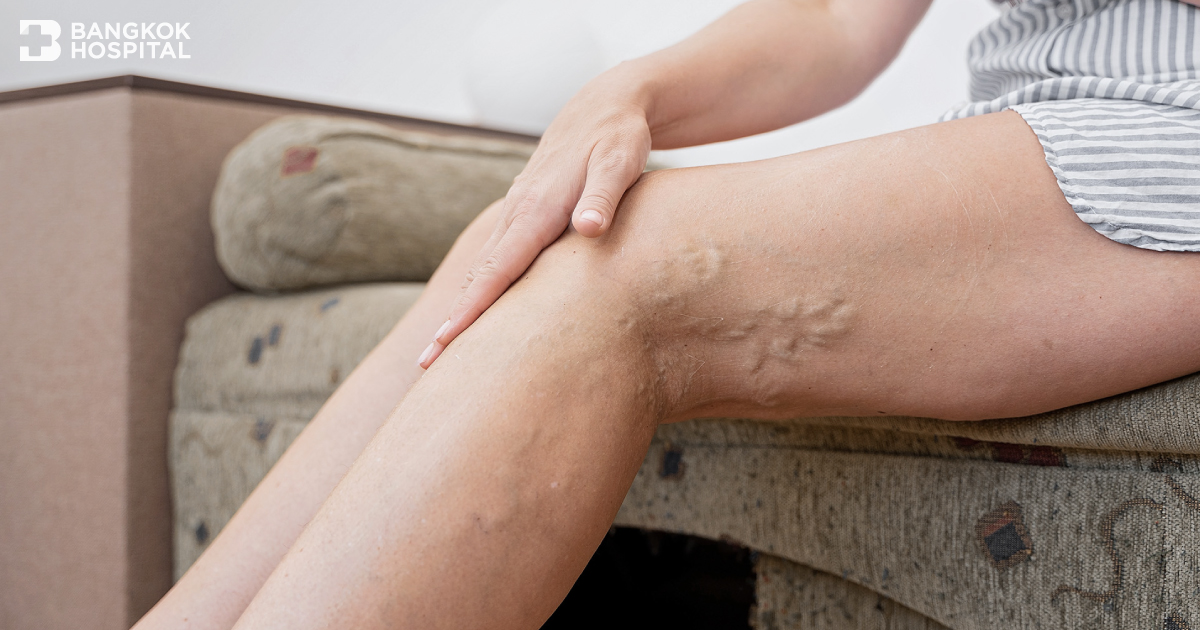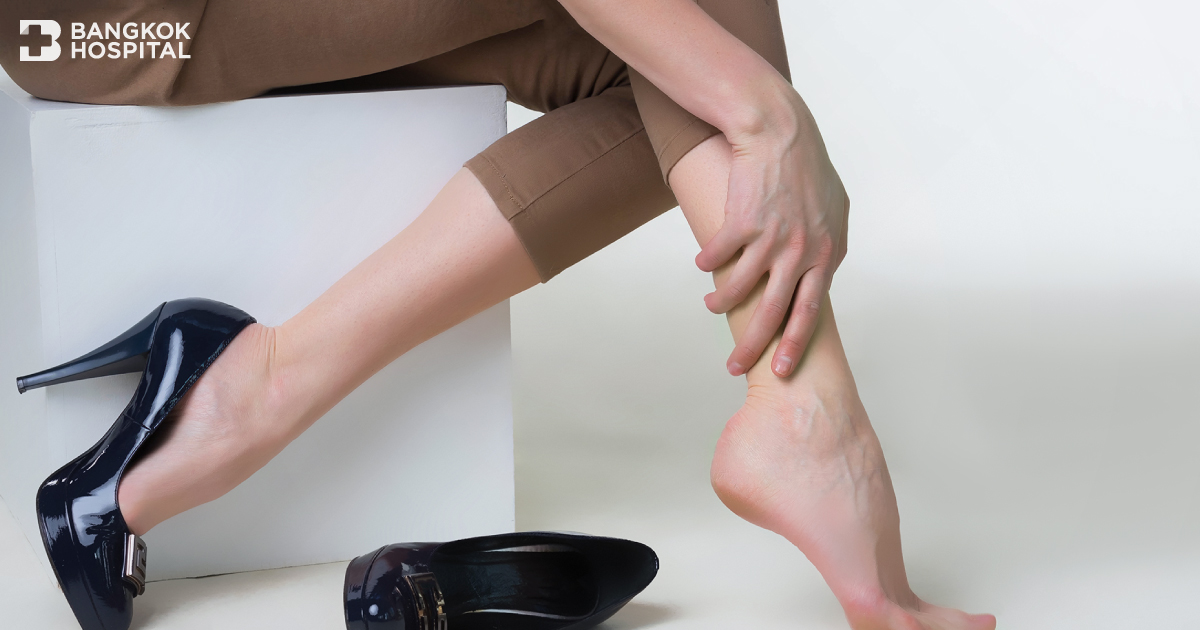
Centers & Clinics
Specialty
SurgerySub Specialty
Vascular SurgeryLanguages
English, ThaiEducation
2004
Vascular SurgeryThai Medical Council, Thailand1998
Vascular SurgeryRoyal College of Physicians and Surgeons of Canada, Canada1998
Vascular SurgeryMount Sanai School of Medicine of New York University, United States1997
SurgeryRoyal College of Physicians and Surgeons of Canada, Canada1997
SurgeryMayo Medical School and Mayo Clinic, United States1992
SurgeryPhramongkutklao College of Med, Thailand1988
Doctor of MedicinePhramongkutklao College of Medicine, ThailandLoading Schedule..
Related Articles

Chronic Venous Insufficiency (CVI), Get it treated right away before it becomes too late.
Chronic venous insufficiency (CVI) refers to a condition when the venous wall and/or valves in the lower extremities do not work properly, making it more difficult for blood to return to the heart from the legs. CVI is caused by damaged or weakened valves and vein wall due to aging and prolonged sitting or standing as well as reduced mobility. As a result, blood can flow backwards and pool or collect in these veins, leading to swelling in the lower legs and ankles.

Implanted Chemo Port - An implanted device allowing easy access to the veins for chemotherapy
Vascular access problems can usually develop in patients who need frequent administration of intravenous fluids or drugs and blood transfusion.

Early Detection of Peripheral Arterial Disease Reduces Risk of Limb Amputation
Peripheral Arterial Disease (PAD) is a common circulatory problem in which narrowed arteries reduce blood flow to the limbs e.g. the legs and arms. The severity of PAD varies, depending on the occlusive degrees, from mild discomfort to debilitating leg pain. If left untreated, this vascular disease might become chronic problem and act as a silent killer that can result in life-threatening conditions. If warning signs and symptoms of PAD exhibit, they must not be overlooked. Immediate medical attention for early detection of PAD should be sought in order to get accurate diagnosis and appropriate treatment before it progresses as well as reduce disease severity and chances of critical limb ischemia and limb amputation.
